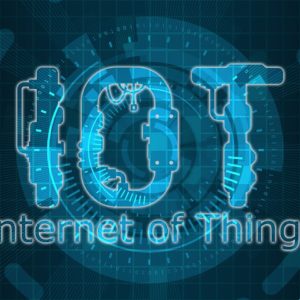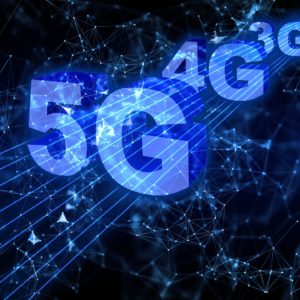Perspectives on IOT

Why Park Visitation Data is so Important
Park superintendents have a challenging task of managing and maintaining parks to ensure they meet the needs of visitors. However, without granular park visitation data,
You don’t have to be a big city to benefit from IoT
Small cities can benefit greatly from implementing Internet of Things (IoT) solutions to manage open spaces, recreation facilities, and deliver municipal services more efficiently. IoT
IOT with a Purpose, the Case for Parks and Recreation Spaces
Parks and recreational spaces are vital for communities, offering a space for people to exercise, relax and connect with nature. However, managing these spaces can

IOT – TECHNOLOGY WITH A PURPOSE
The world is experiencing a perfect storm of Artificial Intelligence, Cloud and Analytics and IoT. AI algorithms make sense of the data coming from large numbers

5G TO MAGNIFY IOT USE CASES
When I first heard about 5G, I thought, “oh cool, another G to make my cell phone experience better!” 5G is so much more than

EFFECT OF COVID-19 ON PARK VISITATION
Perhaps one of the most surprising things about recent COVID-19 “Stay at Home” and “Shelter in Place” orders has been a significant increase in park
